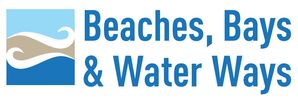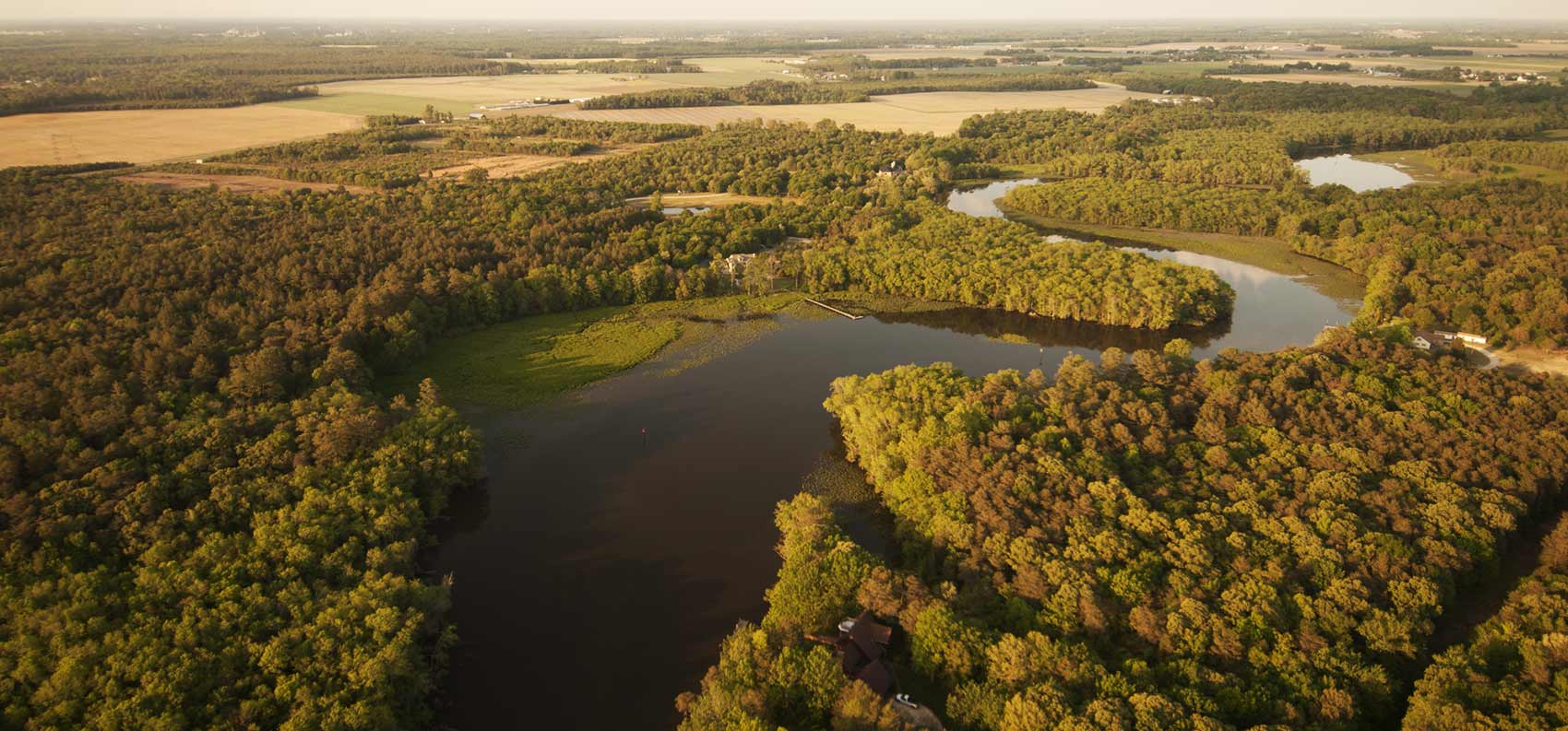Nanticoke River
The Nanticoke River separates Wicomico and Dorchester Counties. This wide river is navigable from the Cheseapeak Bay to Seaford, Delaware. Barges and commercial fishing boats share it with recreational boaters, bird watchers, water skiiers, wind surfers, crabbers, otters, owls, and muskrats, to name but a few who enjoy the Nanticoke. This river is one of the least spoiled rivers in the Chesapeake Bay.
Bald eagles, ospreys and great blue herons are three of the year-round residents. Migrating waterfowl are regular visitors. Nanticoke waters run with largemouth bass, crappie, chain pickerel, yellow and white perch, rockfish, trout, spot, crabs, oysters and clams. It was once a major spawning river for shad. Two of its major tributaries: Broad and Marshyhope Creeks have been rockfish spawning areas.
During the 19th-century, the Nanticoke supported a thriving shipbuilding industry and the towns of Vienna, Sharptown, and Bethel were major shipbuilding centers. Schooners and shad barges were constructed from the timber along its banks. Cedar was an important component of these vessels and today, the Nanticoke still has some of the northernmost stands of bald cypress trees on the Atlantic Coast.
The Nanticoke has extensive marshland including wooded swamp along the stunning meanders of Marshyhope Creek. Ash, black gum and red maple grow along its banks. Catfish and bass jump in its waters and the creeks off it are worthy of exploration by canoe or kayak.
Towns along the Marshyhope--Williamsburg, East New Market, and Hurlock are major agricultural areas. Today their produce is shipped via railroad and truck but at the turn of the century, steamboats carried succulent cargoes along this creek to the Chesapeake Bay and beyond.
Sources:
Exploring the Cheaspeake in Small Boats, John Page Williams, Jr. (Tidewater Publishers, 1992)
A User's Guide to the Nanticoke Watershed: Understanding and Appreciating the River A brochure produced by: Nanticoke Watershed Preservation Committee, Seaford DE 19973, Nanticoke River Watershed Conservancy, Seaford DE 19973, and Friends of the Nanticoke River, Nanticoke, MD 21840-0015
Bald eagles, ospreys and great blue herons are three of the year-round residents. Migrating waterfowl are regular visitors. Nanticoke waters run with largemouth bass, crappie, chain pickerel, yellow and white perch, rockfish, trout, spot, crabs, oysters and clams. It was once a major spawning river for shad. Two of its major tributaries: Broad and Marshyhope Creeks have been rockfish spawning areas.
During the 19th-century, the Nanticoke supported a thriving shipbuilding industry and the towns of Vienna, Sharptown, and Bethel were major shipbuilding centers. Schooners and shad barges were constructed from the timber along its banks. Cedar was an important component of these vessels and today, the Nanticoke still has some of the northernmost stands of bald cypress trees on the Atlantic Coast.
The Nanticoke has extensive marshland including wooded swamp along the stunning meanders of Marshyhope Creek. Ash, black gum and red maple grow along its banks. Catfish and bass jump in its waters and the creeks off it are worthy of exploration by canoe or kayak.
Towns along the Marshyhope--Williamsburg, East New Market, and Hurlock are major agricultural areas. Today their produce is shipped via railroad and truck but at the turn of the century, steamboats carried succulent cargoes along this creek to the Chesapeake Bay and beyond.
Sources:
Exploring the Cheaspeake in Small Boats, John Page Williams, Jr. (Tidewater Publishers, 1992)
A User's Guide to the Nanticoke Watershed: Understanding and Appreciating the River A brochure produced by: Nanticoke Watershed Preservation Committee, Seaford DE 19973, Nanticoke River Watershed Conservancy, Seaford DE 19973, and Friends of the Nanticoke River, Nanticoke, MD 21840-0015


